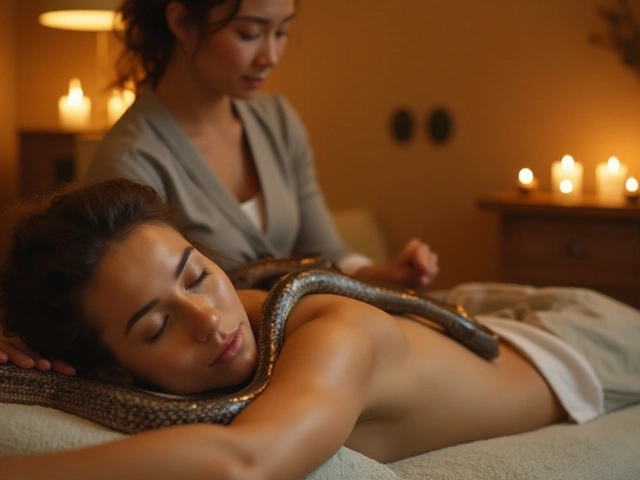Unique Massage Techniques: Discover Lesser-Known Therapies That Work
Think massages are just Swedish or deep tissue? There's a whole world of methods that feel different and solve specific problems. Some are gentle and nervous-system focused, others use tools like stones or cups, and a few blend cultural rituals with bodywork. Below are clear, practical notes on what each method actually does, who benefits, and how to pick a good practitioner.
What makes a technique "unique"?
A unique massage targets a specific need or uses an unusual approach. Hilot and Lomi Lomi weave cultural ritual with long flowing strokes for emotional release. Feldenkrais and Hellerwork focus on movement learning and structural alignment, not just rubbing sore spots. Ortho-Bionomy and Polarity Therapy use gentle positioning and energy balance to reduce pain without force. Knowing the purpose helps you choose the right session.
Quick guide to popular unique methods
Hilot (Philippines): Hands-on bodywork plus herbal packs and guided breathing. Great if you want a soothing session that also addresses digestion or menstrual cramps.
Lomi Lomi (Hawaii): Rhythm, forearm work, and a meditative pace. It's for people who want to relax deeply and release stored tension along with emotional stress.
Feldenkrais & movement work: Short guided movements teach your brain to move with less strain. Good for chronic stiffness, improving posture, and preventing injuries in yoga or sports.
Hellerwork & Rolfing: Deep structural approaches that change posture over multiple sessions. Expect hands-on slow work and homework stretches. Best for long-term posture or chronic back pain.
Ortho-Bionomy & gentle body therapies: Small movements and positioning to trigger the body's self-correction. Ideal if deep pressure makes you tense or if you want a low-risk approach to pain.
Acupressure & cupping: Finger pressure and suction cups hit energy points and tight muscle areas. Useful for headaches, neck pain, and tight shoulders.
Trigger point and stone therapies: Trigger point targets tight knots with focused pressure; hot or cold stones add temperature-based relaxation that eases muscle guarding.
Snail facial massage and hammam rituals: These are beauty-forward options - snail mucin massage for skin repair and hammam for circulation and skin clarity through steam and scrubbing.
How to pick a therapist: Ask about training, what problems they treat, and whether they customize sessions. If you have medical issues, check with your doctor first. Start with a short session if you're unsure, and tell the therapist what helps or hurts during the work.
Want results fast? Match the technique to the goal: movement-based work if you need lasting posture changes, trigger point or cupping for acute tightness, and ritual-based massages like Lomi or Hilot for deep relaxation and emotional release. Try one method twice before deciding - it often takes a couple sessions to feel real change.
Safety and cost tips: Ask about contraindications, clean cups or stones, and whether the therapist can modify pressure. Compare prices but value experience. Many local studios offer package discounts; try a single session first, then buy more if the technique helps you. Track changes in a notebook regularly.

Blind Massage: What Sets It Apart as a Healing Technique?
Blind massage isn’t just a regular spa treatment; it’s built on the remarkable skills blind therapists develop through heightened touch. This article explores what makes blind massage so special, how it works, who can benefit, and tips on finding the right practitioner. Expect practical tips, real-life insights, and lived experience from both therapists and clients. You’ll walk away with a whole new perspective on this unique healing technique.
Categories
- Health and Wellness (148)
- Alternative Therapies (86)
- Massage Therapy (40)
- Travel and Culture (15)
- Beauty and Skincare (9)
- Holistic Health (8)
- Health and Fitness (5)
- Spirituality (5)
- Other (2)
- Personal Development (2)



